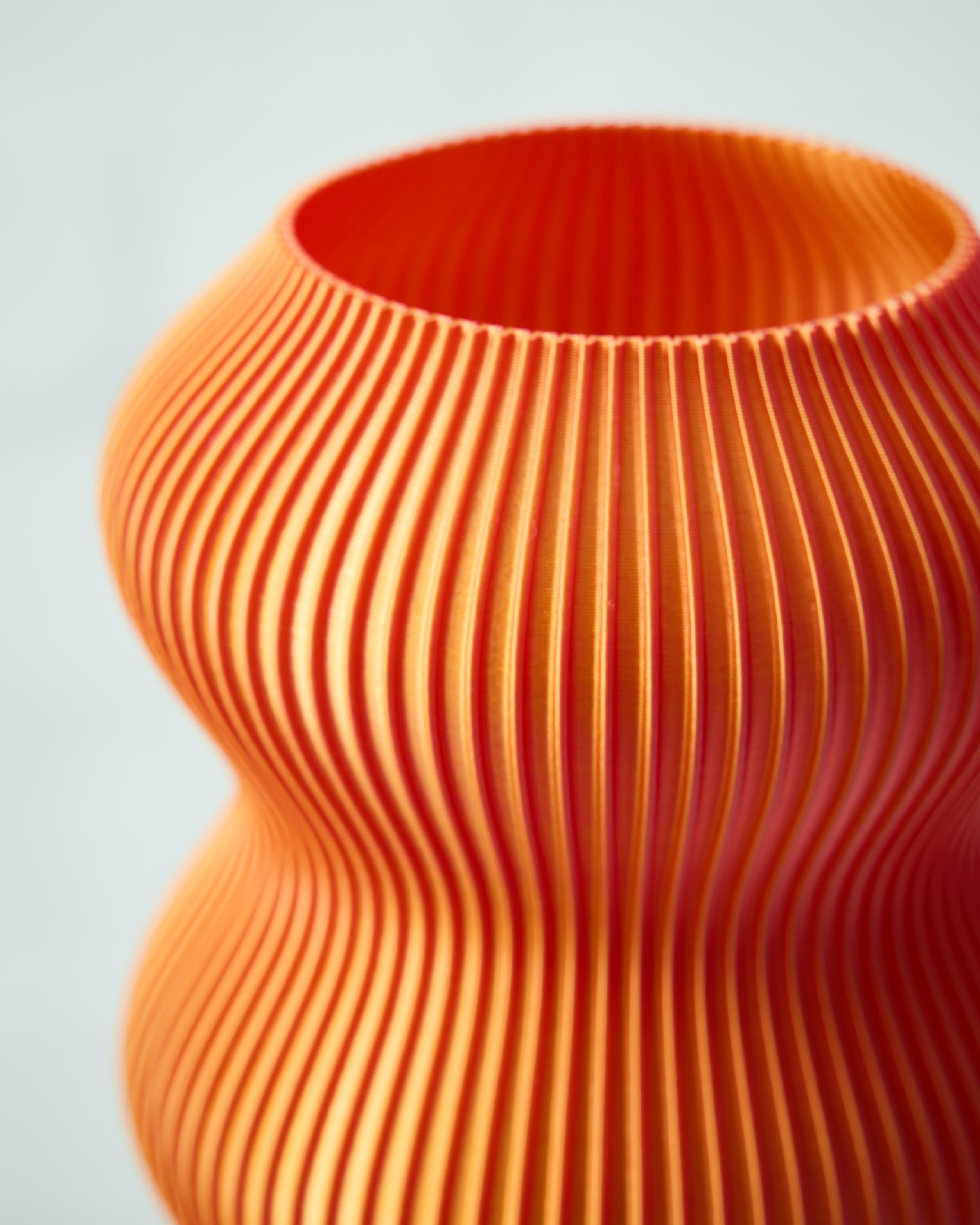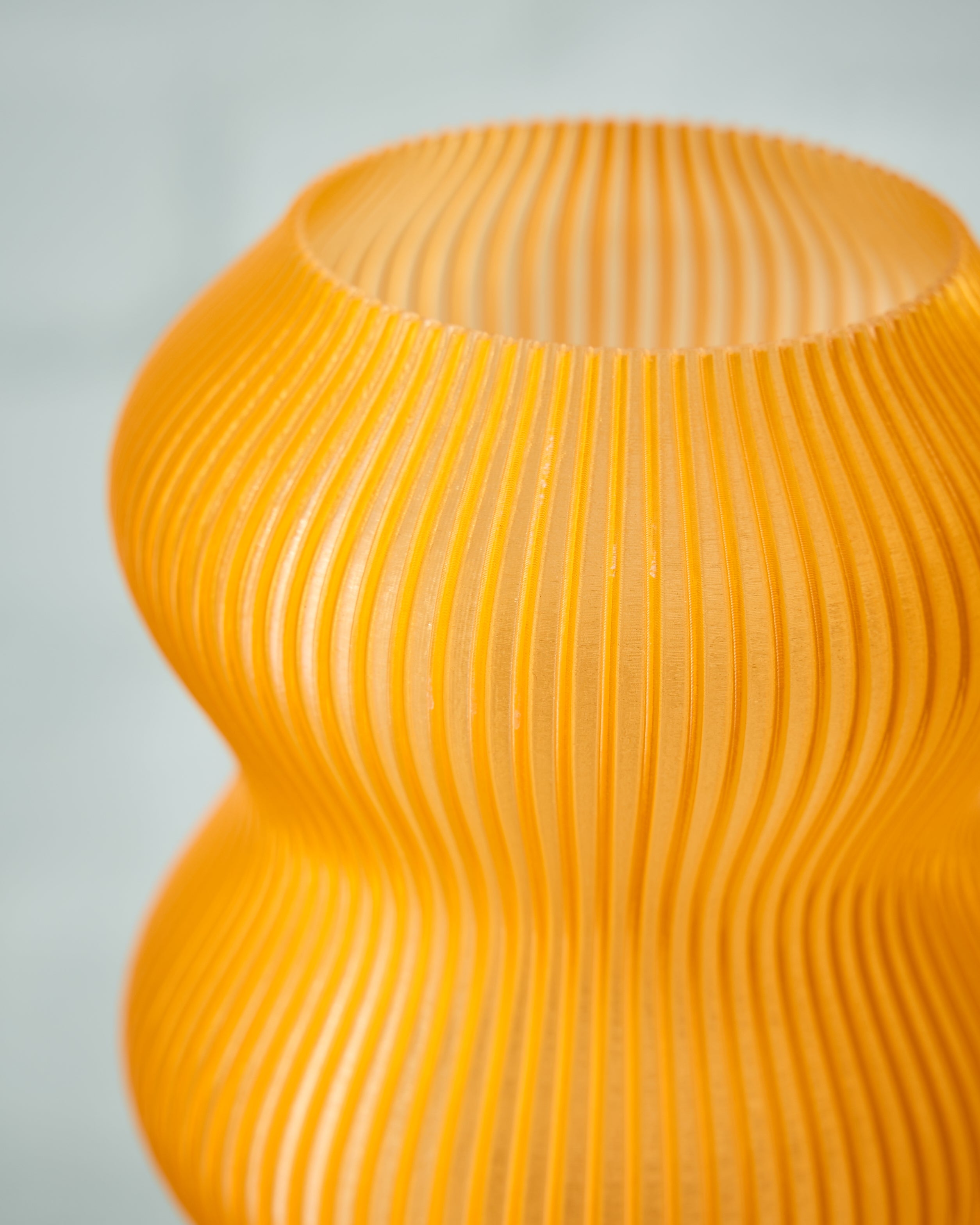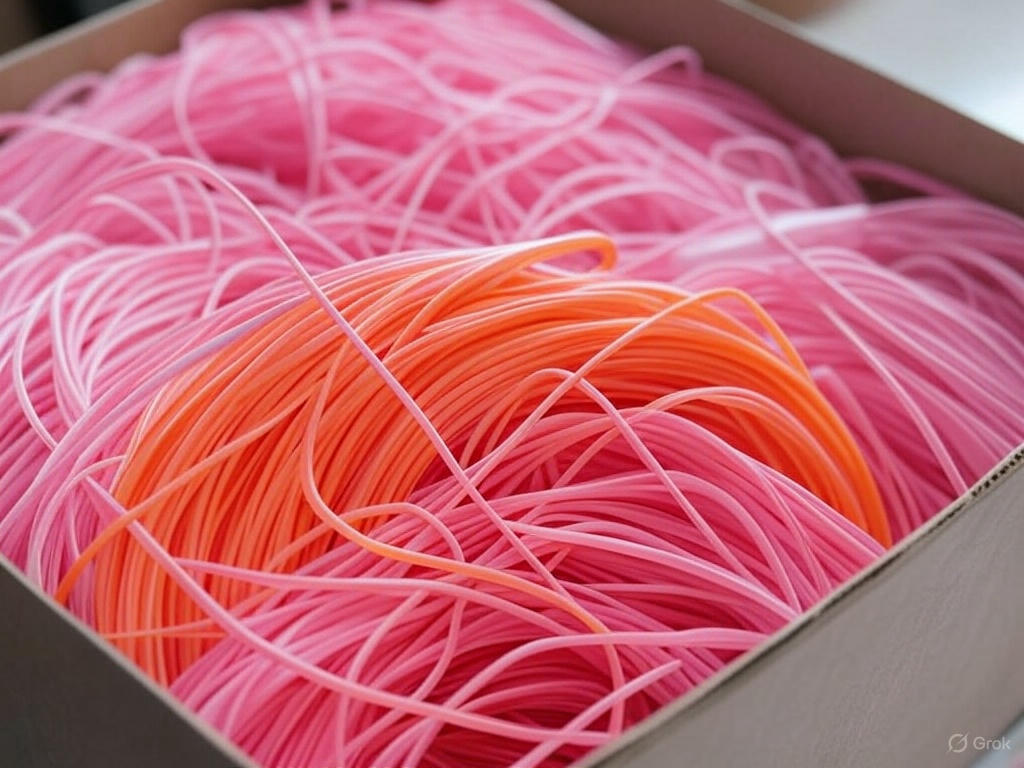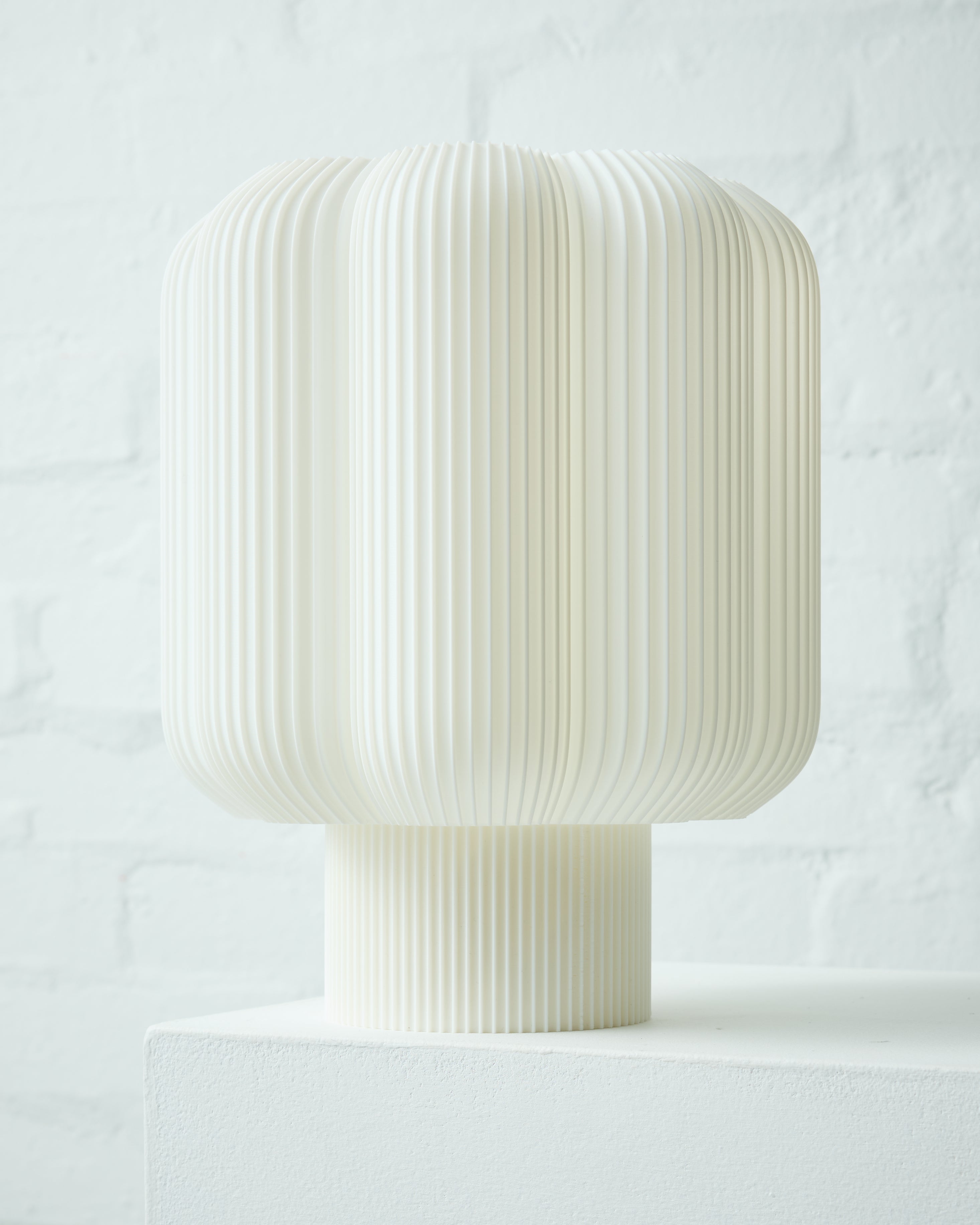materials
We are dedicated to transparency in every aspect of our brand, ensuring that each product we offer is manufactured with high-quality, responsibly sourced, and environmentally sustainable materials.
our PLA range
what is PLA?
polylactic acid (PLA) is one of the most commonly used materials in 3D printing. it is a bioplastic derived from renewable resources such as corn starch and sugarcane, as opposed to harmful oil-based plastics. PLA is a durable, strong and versatile material, making it perfect to for 3D printing funky shapes and geometries.
how PLA is produced
PLA is made from plants like corn or sugarcane. first, the plants are processed to extract their starch. this starch is then mixed with enzymes and heated to produce a type of sugar called dextrose. the dextrose is fermented to create lactic acid, which is then turned into a substance called lactide. finally, the lactide is processed into long plastic-like chains, forming PLA filament.
PLA is renewable and biodegradeable
PLA is biodegradable, but only in industrial composting facilities where temperature and humidity are carefully controlled. In these conditions, it takes about 1-2 years to break down. However, it is not suitable for home composting because the necessary conditions aren't present.
where we source our PLA
we source our PLA from bambu lab, a reputable 3D printer and filament manufacturer. this guarantees the quality, safety and longevity of the products that we create for you!

our PETG range
what is PETG?
PETG (polyethylene terephthalate glycol) is a type of plastic commonly used in 3D printing, and is our stronger, waterproof alternative to PLA. PETG is composed of three main components:
terephthalic acid (TPA) – derived from petroleum or natural gas;
ethylene glycol (EG) – often derived from natural gas or petroleum;
and glycol – added to reduce the crystallinity of PET, giving PETG better clarity, flexibility, and ease of printing.
how PETG is produced
PETG is made through a process called polymerization, where chemicals are combined to create plastic. first, PET is made by combining two chemicals: terephthalic acid (TPA) and ethylene glycol (EG). to make PETG, extra glycol is added, which makes the plastic more flexible, transparent, and easier to print with. the PETG is then formed into long strands or filaments, which are cooled and turned into pellets. These pellets are used to create the PETG filament for 3D printing.
PETG is recyclable but not biodegradable
PETG is an oil-based plastic and therefore is not biodegradable. However, PETG is recyclable and can be repurposed in industrial recycling programs to reduce its environmental impact. we aim to reduce our PETG usage for this reason.

where does our waste go?
we are a low waste business
we take pride in operating a low-waste business, thanks to the precision of 3D printing and our cutting-edge digital modelling technology, which ensures our designs print flawlessly with minimal material waste.
3D printing "poop"
3D printing filament "poop" refers to the leftover or unwanted plastic waste produced during the 3D printing process. this can include failed prints, support structures, or extruded filament that gets purged from the nozzle before or during a print.
due to the nature of our products, we create very little waste in our manufacturing processes. this waste is mostly filament that gets purged from the nozzle before a print - which is less than 1g of filament. we save this filament and are currently working on ways to use this filament in our products.
repurposing our waste
we are actively exploring ways to repurpose our 3D printing waste in the future. while our current waste is minimal, we have been saving excess filament, knowing that as our business grows, so will our waste. we're excited to experiment with innovative solutions, such as melting down and reshaping discarded filament into new homewares like coasters, candle holders, and more.



